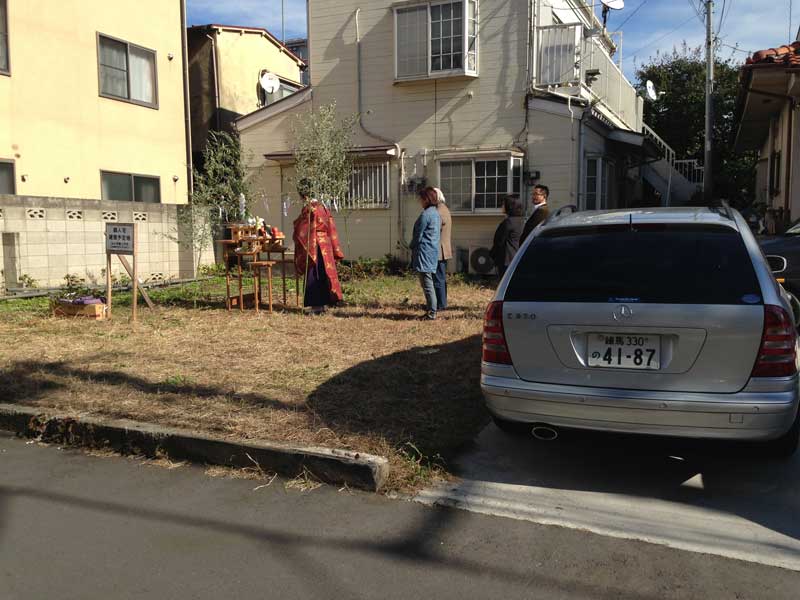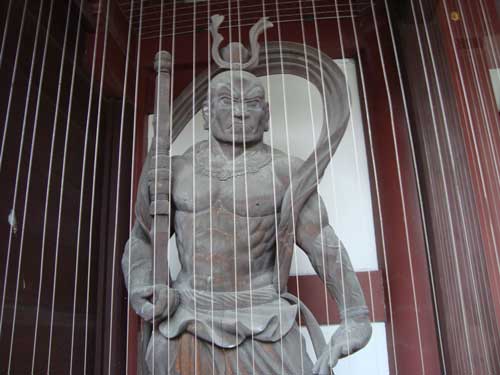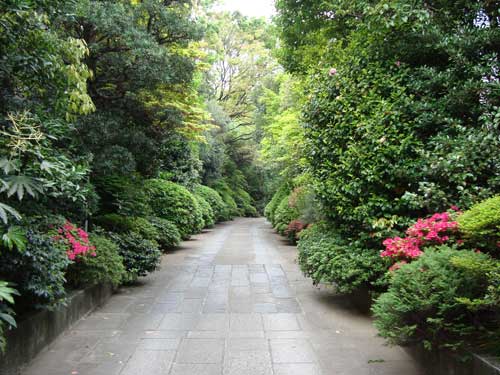
I am still pondering last weekend’s trip to the Onbashira (御柱祭) festival in Suwa. It was surprising to see that this uniquely Japanese event has been picked up by the San Francisco Chronicle newspaper website and the Sacramento Bee (check them out for much better photos than mine). I also defer to Wikipedia for explaining the two and half month series of events, from cutting the trees with special axes, to riding the logs down a steep hillside, to erecting them at the shrines.
One amazing fact is that this festival has been going on for 1,200 years.

Some of my observations:
1. I wrote earlier about this unusual mix of animism, forestry, and virility. Animism because of the care and respect for the trees as sacred objects. Forestry because of the tremendous skills in cutting the trees and the long tradition of relying upon wood for buildings, fuel and paper. Virility because of the reckless riding of the logs, which often turn and injure the riders. This year there was a dislocated shoulder. In previous festivals, there have been deaths.
But while the log riding is considering the central activity, with large crowds and television coverage, the entire festival features seemingly impossible actions made more difficult by the rituals. Not only are the 20 meter logs carried through the hills and streets, but there are dozens of people standing on the logs which can only make the load heavier. Likewise, in photos showing how they lift the logs at the shrine to stand as vertical pillars, you can see that celebrants again stand on the logs as they are being lifted, adding more weight and danger.

2. In thinking about animism, forestry, and virility, I left out community. The entire series of rituals require hundreds and hundreds of participants, and thousands of spectators who are witnesses in person and through television sets. Hauling the logs are many teams of mostly men in traditional outfits, with different colored shirts marking sub-groups. The logs are tied with ropes and there must have been hundreds of people dragging them through the town. This image of community and exertion was perhaps more inspiring than the very rapid descent down the hillside.
3. There is also tremendous hospitality. Chigira, a young woman who has worked at Sinajina for several years, is from Suwa, and she meticulously organized our weekend. Siblings were marshaled to ferry our group of 11 from site to site, and her parents warmly welcomed us. We learned that weddings are avoided during festival years because the festival and the welcoming of guests is such a large expenditure for all the towns people.

4. While picniking and waiting to watch the log riding on the steep slope, Ito Hiromasa, the Executive Producer and Director of TEDxSeeds said hello to me. It was one of those realizations that Japan is a very small country, and that Onbashira Festival connects city and country people in a deep way. Ito-san also was impressed by the spirituality and mysteriousness of the event. He observed that the great care and hospitality show that the Suwa townspeople “love their culture, land, nature, ancestor and themselves.” These words and feelings seem uniquely Japanese, and I am still thinking about their meaning.
















































